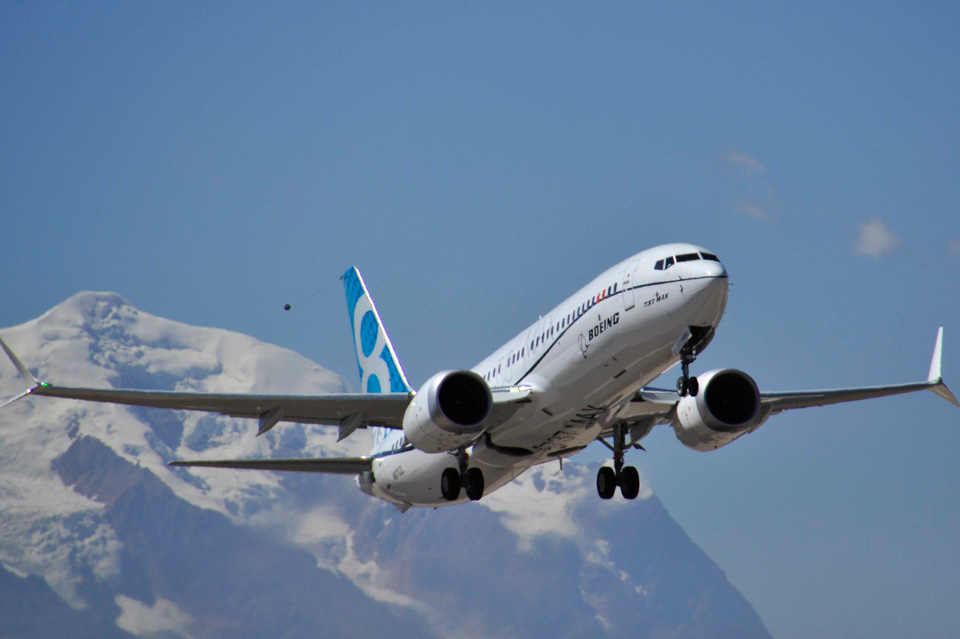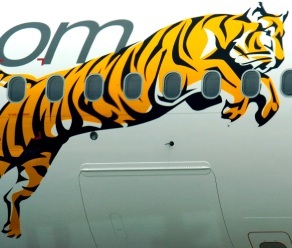Boeing has 'complete confidence' in MAX software fix
27 March, 2019
6 min read


Boeing has “complete confidence’ in the safety of its new software fix for the 737 MAX and is doing everything possible to ensure tragedies such as the Lion Air and Ethiopian Airlines crashes never happen again, a senior executive said Wednesday.
Boeing Commercial Airplanes vice president of product development Mike Sinnett told reporters that the Boeing 737 was “a safe airplane and 737 family is a safe airplane family”.
“We’re going to do everything we can to ensure that accidents like these never happen again,’’ he said. “We are working with customers and regulators around the world to restore faith in the industry and to reaffirm our commitment to safety and to earning the trust of the flying public.”
Sinnett was talking to reporters on a global conference call ahead of a meeting to share details of the update with 200 pilots and industry officials.
That meeting included a live link with an engineering flight simulator that could demonstrate how both the prior and new versions of the software, known as the Maneuvering Characteristics Augmentation System (MCAS).
MCAS activates in manual flight when the flaps are retracted and is part of the speed trim system that automatically commands changes to the horizontal stabilizer to trim the plane so there are no net forces on the control column.
The manufacturer started work after the Lion Air crash on additional layers of protection amid criticism it had not adequately informed pilots about the original change.
WATCH AirlineRatings' Geoffrey Thomas talking about the 737 MAX on CNN
Pilots joining Wednesday’s meeting were able to request various conditions so they could understand how MCAS operated in all corners of the flight envelope previously and how it would operate now.
The causes of the two crashes have not been confirmed but a preliminary report on the Lion Air crash in October indicated the pilots were battling the speed trim system and MCAS after the erroneous angle of attack data prompted it repeatedly push down the nose of the plane. They did not follow established procedures to turn off the system.
Sinnett could not comment on specifics of the crash but gave an overview of MCAS, which was designed to compensate for changes to the MAX, most notably new engines which are larger and mounted further forward.
This gives it slightly different pitch characteristics at elevated angles of attack — the position of the nose relative to the oncoming wind — compared to its predecessor.
MCAS was designed to provide consistent handling characteristics for pilots on the 737 NG and MAX at elevated angles of attack (AoA) by allowing a constant control column force as a function of displacement. It also plays a role in trimming the aircraft at elevated AoA.
Sinnet said the software updates, which are designed to reduce crew workload on abnormal situations and prevent erroneous data from activating MCAS, would ensure the system operated more robustly.
They would take about an hour to load into each aircraft and Boeing says the training required will vary between customers.
“One of the important changes that we’re making is to include inputs from both angle of attack sensors rather than using only one sensor,” he said
“Our system will look at the values of both of those sensors and if those sensor values differ by more than five and a half degrees when the flaps are fully retracted, MCAS will not activate for the remainder of the flight.
“In addition, an indicator on the flight deck display will alert pilots that the speed trim function is no longer active for the remainder of that flight.
“This change eliminates the chance of erroneous data causing activation of MCAS.”
The Boeing executive said if MCAS was activated under non-nomal conditions, it would only provide one input for each elevated angle of attack event.
There were no known or envisioned failure conditions where MCAS would provide multiple inputs, he said.
“And finally, MCAS can never command more stabilizer input than can be counteracted by flight crew pulling back on the column.
“In all cases, pilots continue to always have the ability to override MCAS and manually control the airplane.”
READ Boeing poised to file submission on 737 MAX changes.
Also in the pipeline are training changes that include updated computer-based training to accompany the software update and provide 737 type-rated pilots with an updated understanding of the speed trim system, including MCAS, crew procedures and the software changes themselves.
Pilots will also be required to review a Flight Crew Operations Manual bulletin, an updated speed trim fail non-normal checklist and a revised Quick Reference Handbook.
“All 737 MAX pilots will complete this training prior to returning to flight,’’ Sinnett said.
Boeing has been working with the US Federal Aviation on the changes for several months and Sinnett said the amount of development and testing had been significant.
“We’ve had hundreds and hundreds of hours of desktop analysis and laboratory testing,’’ he said
“We’ve been in fixed base and full-flight simulators with the software and we’ve gone through several flight tests of the software updates as well, including verification testing certification testing and demonstration testing.
“In addition, our production flights have been operating with this revised software for the last couple of weeks.”
On the question of when the 737 MAX fleet would get back in the air, Sinnett said that was at the discretion of the regulators.
He said the manufacturer would continue to engage with customers and regulatory agencies around the world to get their feedback.
“Boeing has built its reputation by holding fast to our core values of safety,’’ he said.
“Every one of us here at Boeing feels the responsibility and the seriousness of our enduring commitment to safety.
“The rigor and thoroughness of the design and testing that went into the 737 MAX MCAS update gives us complete confidence in the safety of the function and of the airplane.”
Next Article
3 min read
Virgin gets nod for Tiger deal

Get the latest news and updates straight to your inbox
No spam, no hassle, no fuss, just airline news direct to you.
By joining our newsletter, you agree to our Privacy Policy
Find us on social media
Comments
No comments yet, be the first to write one.
